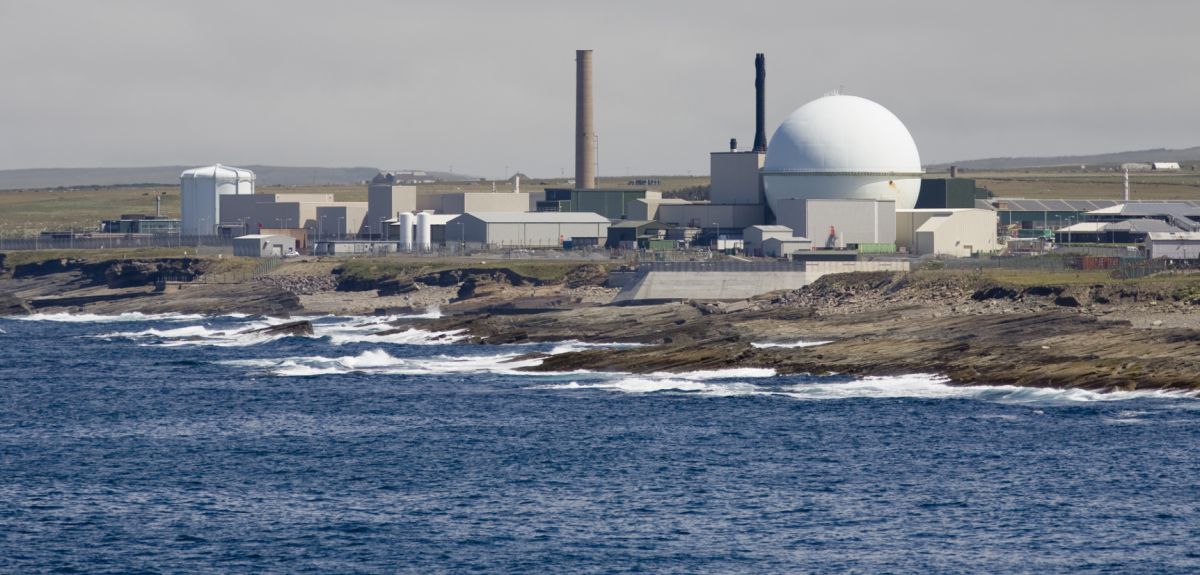
No increased risk of cancer for children living near Sellafield or Dounreay
Children, teenagers and young adults living near two British nuclear power stations since the 1990s are not at an increased risk of developing cancer, according to a detailed analysis of decades of data by Oxford University researchers.
The research team studied cancer rates between 1963 and 2006 among those who were under 25 and living near Sellafield in Cumbria or Dounreay on the north coast of Scotland when diagnosed.
The scientists from the University of Oxford, along with colleagues from Newcastle University, found no difference in cancer incidence from 1991-2006 between those living near these nuclear power plants and the general population. But the study confirmed the raised risks of cancer, particularly leukaemia, already reported for earlier time periods before 1990.
'For many years, there have been concerns over the potential raised cancer risk among people – particularly children – who live near nuclear installations,' says Kathryn Bunch, who led the research. 'This study found that children, teenagers and young adults living close to Sellafield and Dounreay are no longer at an increased risk of developing cancer.
'Furthermore, there is no evidence of any increased risk of cancer later in life for those who were born near these power plants.'
This study is reassuring for anyone who happens to be living near a power plant
Dr Julie Sharp, Cancer Research UK
The numbers of cancers observed around Sellafield and Dounreay were compared with those expected from national cancer registration rates. The findings are published in Cancer Research UK's British Journal of Cancer.
Dr Julie Sharp, Cancer Research UK’s head of health information, said: 'There has been a lot of concern that nuclear power stations could increase the risk of cancer, particularly leukaemia. This study is reassuring for anyone who happens to be living near a power plant, as it shows no increased risk among children, teenagers or young adults in recent years.'
This study was funded by the Department of Health’s Radiation Protection Research Programme.
Source: Cancer Research UK
 Expert Comment: Chatbot-driven sexual abuse? The Grok case is just the tip of the iceberg
Expert Comment: Chatbot-driven sexual abuse? The Grok case is just the tip of the iceberg
 Eating organic food doesn't lower your overall risk of cancer
Eating organic food doesn't lower your overall risk of cancer
 Power lines don't raise risk of leukaemia in children
Power lines don't raise risk of leukaemia in children